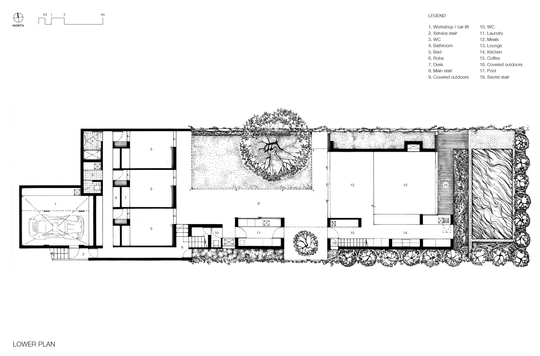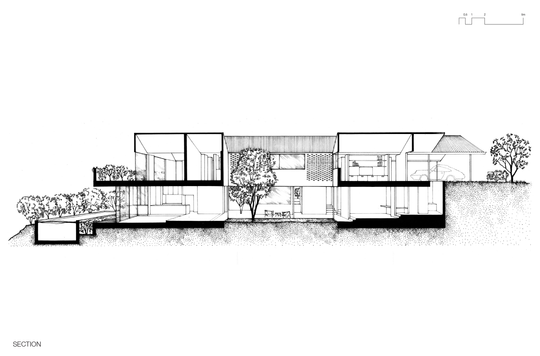Embracing the morning sun and bay breezes, Christian Street House by James Russell Architects is comfortable year-round by making the most of Brisbane's climate…
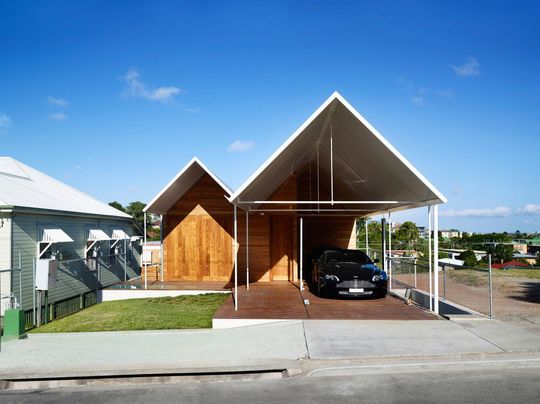
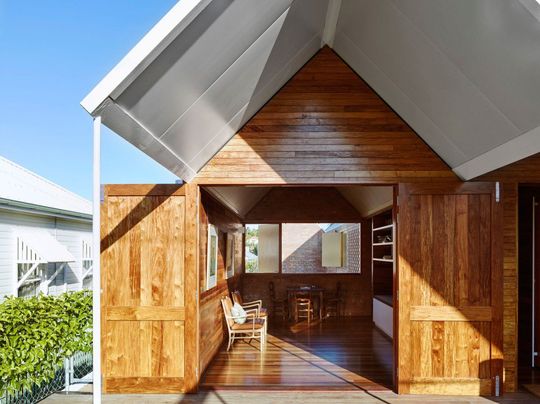
"We are fortunate to live with a benign subtropical climate. Christian Street House in Clayfield, an inner north suburb of Brisbane, sits on the east side of a rolling hill, opening its face to the morning sun and bay breezes. Its back is buried in the hill, protected from the harsh summer sun, storms and winter westerlies." — James Russell Architect


Off-Street Gathering Space
High gables make a patio to street, a covered arrival and gathering place with barn doors to living behind. Cars participate without becoming a barrier between street and life within.
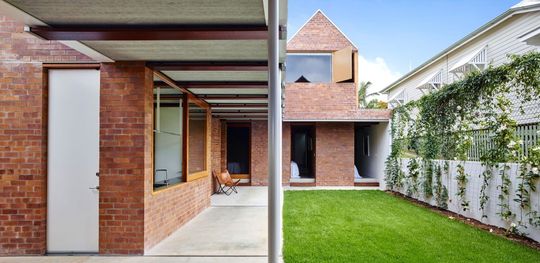
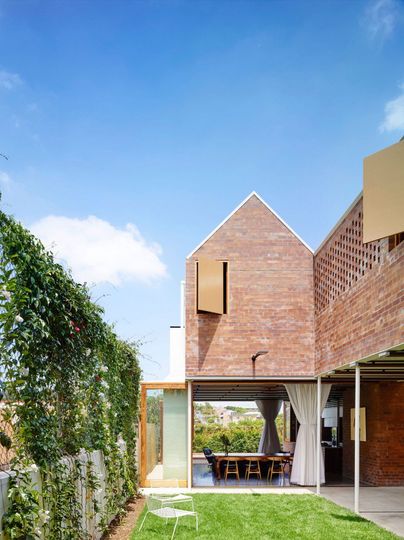
Movement Around the Home
There are many ways to move around this place. Journey from the street can take you across the patio, down outdoor stairs and around garden to meals, living and water. The boys can sneak in from the street via a grungy service lane, they can come and go independently. Their rooms have a more public side to the garden and gathering space. Retreat for Kate and David is more like the attic, accessed across the patio or up a secret stair.

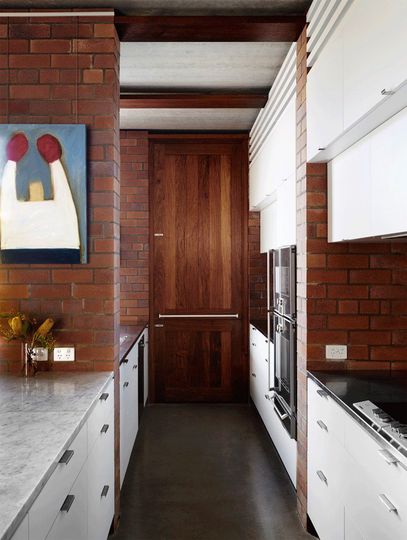
Cave-like to Stunning Views
The ground plane steps from cave spaces bunkered in to the hill, hidden spaces for bathing and sleep, down to the garden and meals area, then further down to the lounge, the morning sun and a stunning prospect.
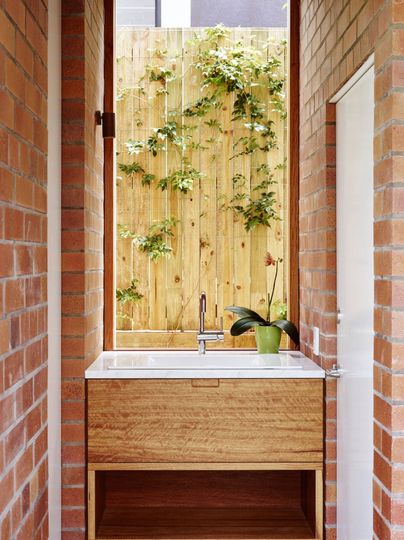
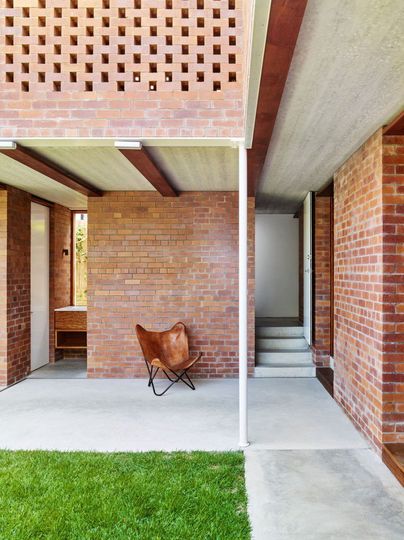
Materials
Christian Street House is made from brick, timber and concrete. Timber is prescribed in the local council code. It references timber and tin architecture that pervades most areas of the inner suburbs, but not Clayfield.
"We use timber for the loftier structure that opens to the street, our verandah and barn. Inviting familiar structure with a shorter life than the masonry ruin." — James Russell Architect
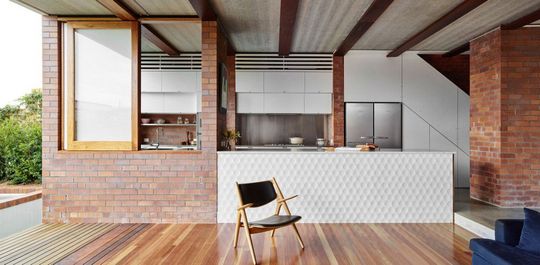
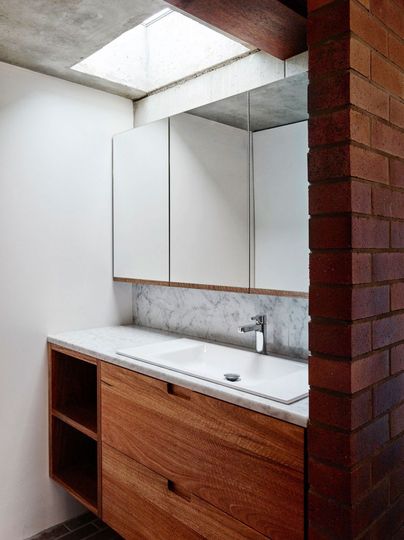
Brick and Concrete
Timber sits on a heavy concrete and brick base making cave spaces that are cut in to the ground towards the rear of the site. Masonry is used to hold back earth, make a quiet space for retreat and sleep, but opens directly onto garden. Brick and concrete makes these spaces, a structure resilient to termites and requiring minimal maintenance.
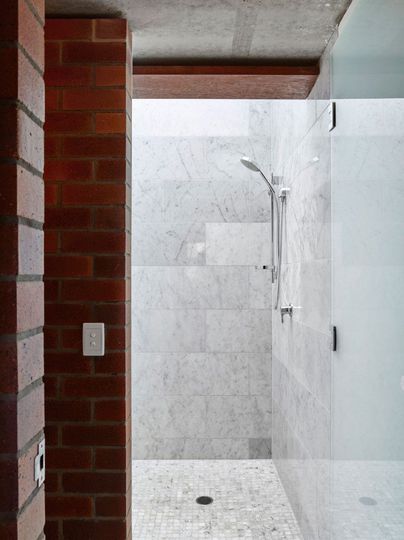
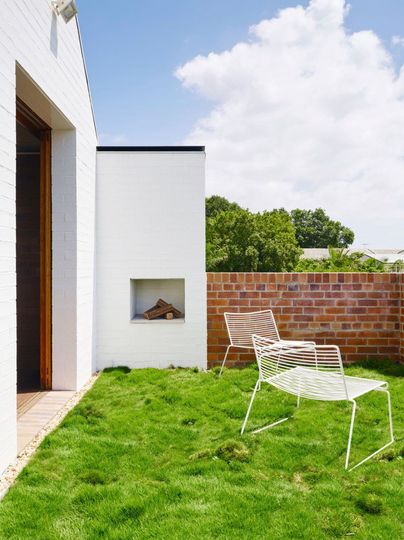
"Material and craft is on display, it is clear how it is made and materials enjoy getting older as they patina." — James Russell Architect
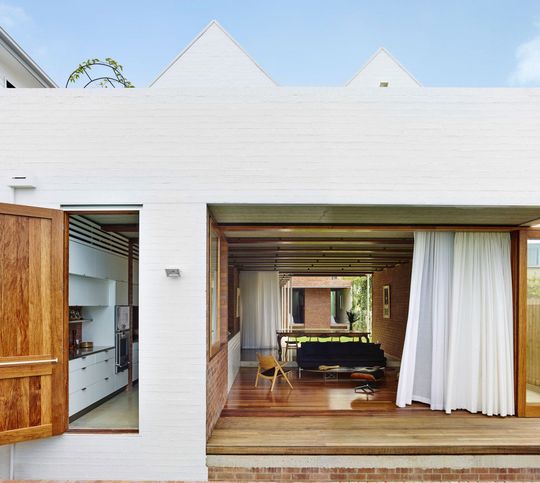

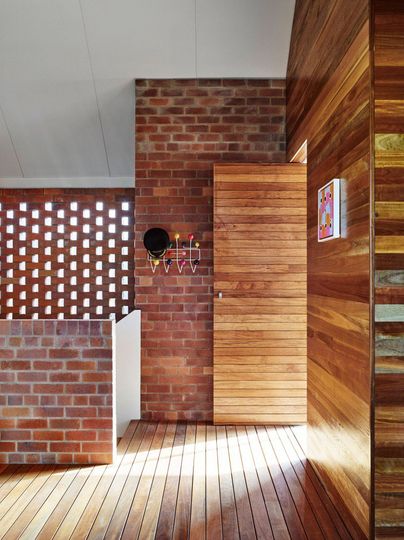
Sustainability
Christian Street House integrates a number of sustainability features to minimise its impact on the environment:
- 20 000 L Water storage for landscape, productive garden and toilets.
- North facing 10 Kilowatt solar system returning to grid. A system that covers the needs of the occupant.
- Structure is the finished surface throughout the house. Minimal waste and maintenance.
- Low profile self-spanning cold room panel roof provides high R-value and reduces material usage.
- Locally sourced pre-stressed hollow core concrete panels gave large spans with minimal material.
- Brick uses local clay and manufacture.
